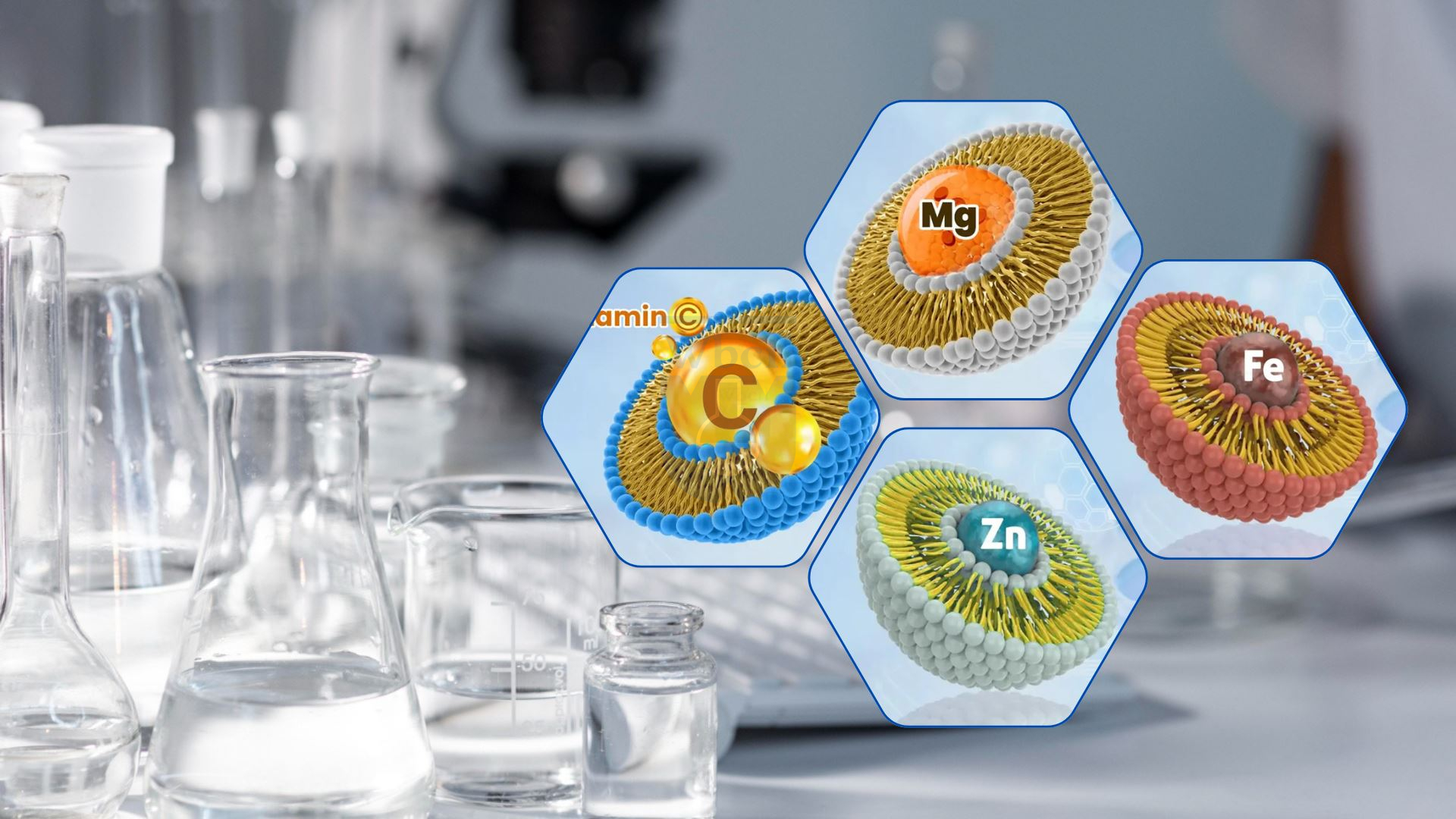Why Liposomal Delivery Is More Sustainable and Eco-Friendly Compared to Other Techniques?
The world of drug and nutrient delivery is rapidly evolving, with cutting-edge technologies competing to offer superior absorption, bioavailability, and environmental sustainability. While many delivery systems promise innovative solutions, liposomal technology has emerged as a clear leader for its unmatched efficiency, targeted delivery, and eco-friendly production processes.
In this blog, we will delve deeper into how liposomal delivery systems compare to other popular delivery methods—such as micelle technology, nanoemulsions, polymeric nanoparticles, and more. We’ll focus on key factors like efficacy, bioavailability, environmental impact, and sustainability, with special attention to WBCIL’s advancements in liposomal APIs.
Understanding Liposomal Technology
Liposomal technology leverages liposomes, which are tiny spherical vesicles composed of phospholipid bilayers. These vesicles mimic natural cellular membranes, allowing them to deliver active ingredients directly to target cells.
Advantages of Liposomal Delivery:
- Enhanced Bioavailability: Liposomes protect active ingredients from degradation in the stomach, ensuring efficient absorption in the bloodstream.
- Targeted Delivery: The encapsulated nutrients or drugs are delivered directly to cells, minimizing waste and side effects.
- Reduced Side Effects: Liposomes shield sensitive tissues from irritation caused by active ingredients.
- Sustainability: Liposomal production uses fewer natural resources compared to traditional methods, making it an eco-friendly choice.
WBCIL’s Liposomal APIs:
West Bengal Chemical Industries Limited (WBCIL) has taken liposomal innovation to the next level by developing a wide range of liposomal APIs such as:
- Liposomal Iron Powder: Superior treatment for anemia with maximum absorption and minimal side effects.
- Liposomal Calcium Powder: Addresses calcium deficiencies with bioavailability up to 90%.
- Liposomal Magnesium Powder: Ideal for stress relief, muscle recovery, and sleep support.
- Liposomal Zinc Powder: Supports immune health, skin repair, and cellular function.

How Liposomal Technology Compares to Other Delivery Systems?
Here’s a detailed breakdown of how liposomal delivery measures up against other technologies:
| Factor | Liposomal Technology | Micelle Technology | Nanoemulsions | Polymeric Nanoparticles | Solid Lipid Nanoparticles |
|---|---|---|---|---|---|
| Bioavailability | Up to 90%, thanks to liposomal encapsulation. | High, but dependent on surfactants for stability. | Moderate, prone to instability over time. | High, with potential for targeted delivery. | High, but may require additional stabilizers. |
| Targeted Delivery | Precise and efficient at cellular levels. | Less targeted, more generalized. | Limited targeting ability. | Excellent targeting, but complex to produce. | Good, but not as precise as liposomes. |
| Side Effects | Minimal, as liposomes reduce irritation. | Moderate, potential for surfactant irritation. | Possible gastrointestinal discomfort. | May induce immune reactions if not well-tuned. | Can cause slight inflammation in sensitive users. |
| Environmental Impact | Eco-friendly production with minimal waste. | Requires synthetic surfactants, impacting eco-safety. | Moderate environmental impact. | High resource consumption during synthesis. | Energy-intensive production processes. |
| Cost of Production | Affordable and scalable with modern methods. | Cost-effective but relies on synthetic chemicals. | Moderate, dependent on emulsifier cost. | High due to complexity and raw material costs. | High due to sophisticated manufacturing needs. |
| Applications | Pharmaceuticals, nutraceuticals, cosmetics. | Mostly used in cosmetics and food applications. | Common in food and beverage fortifications. | Specialized in high-tech pharmaceuticals. | Suitable for both food and pharma, with limitations. |
Why Liposomal Technology Stands Out?
- Unmatched Bioavailability:
Liposomal delivery significantly enhances the absorption of active ingredients by bypassing stomach acid degradation. For example, WBCIL’s Liposomal Calcium achieves up to 90% bioavailability, outperforming traditional calcium supplements that typically have 30-40%. - Sustainability:
Unlike other technologies such as polymeric nanoparticles or solid lipid nanoparticles, which require energy-intensive processes, liposomal production uses fewer resources and produces less waste. - Versatility Across Industries:
Liposomal technology can be adapted for a wide range of applications, from pharmaceutical APIs to nutraceutical supplements and cosmetic formulations. - Safe and Gentle:
Liposomes protect sensitive tissues, reducing the risk of side effects. For instance, WBCIL’s Liposomal Iron minimizes gastrointestinal irritation, a common complaint with traditional iron supplements. - Cost-Effective Scaling:
With advancements in GMP-certified manufacturing, companies like WBCIL are making liposomal APIs both affordable and scalable for global markets.
